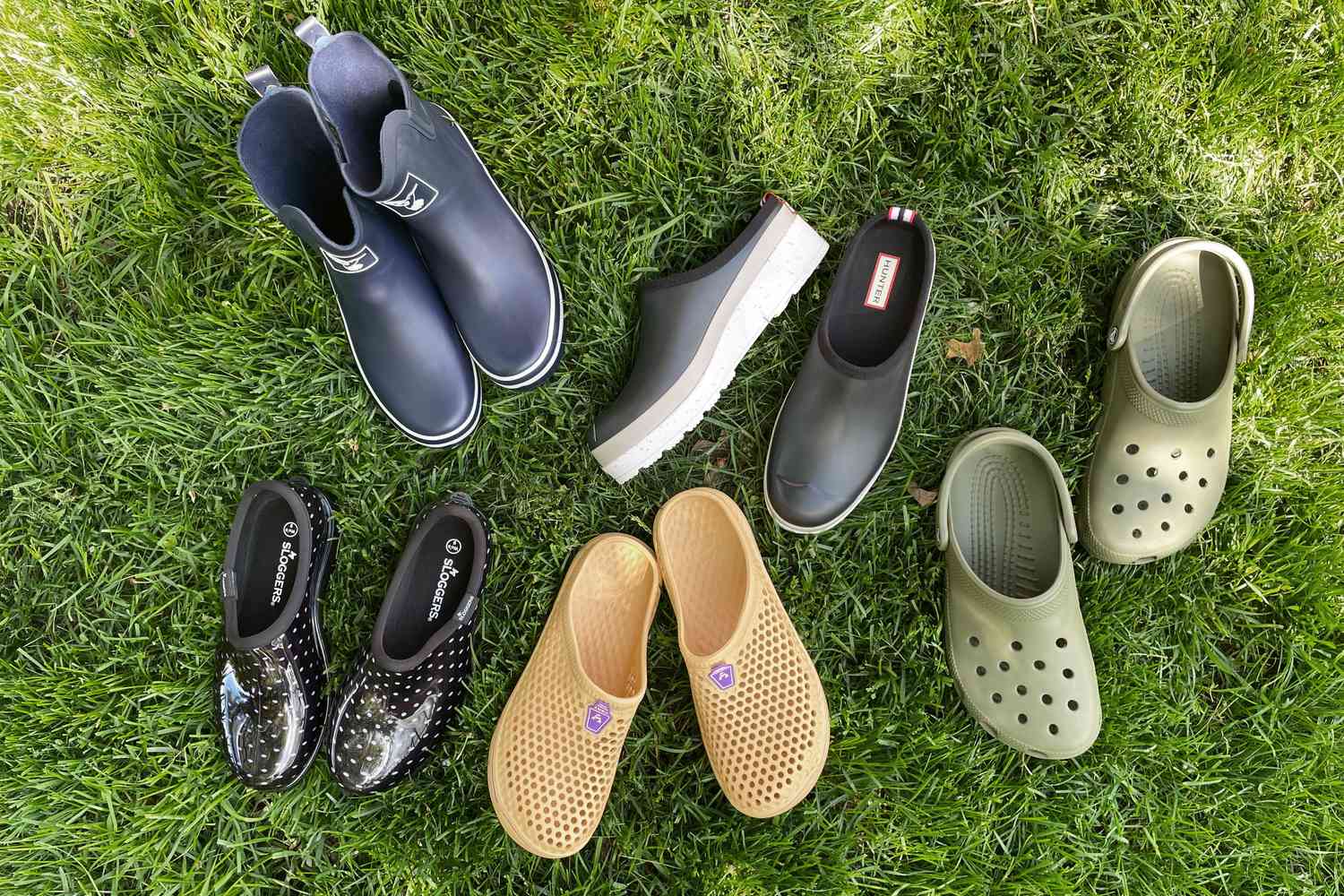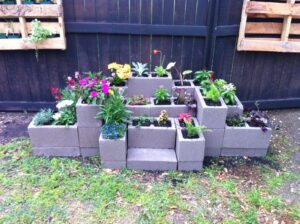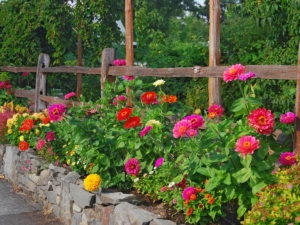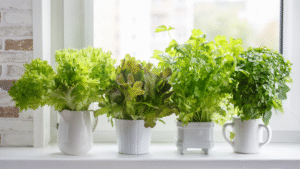Step Into Comfort: Finding the Perfect Garden Shoes for Your Outdoor Sanctuary
Gardening demands footwear that can withstand mud, moisture, and long hours of kneeling, bending, and walking. The right garden shoes protect your feet while providing the comfort and support needed for tending to your outdoor space. Whether you’re a weekend gardener or dedicated horticulturist, proper footwear is an essential tool that often goes overlooked in your gardening arsenal.
Why Specialized Garden Footwear Matters
The difference between standard shoes and dedicated gardening footwear becomes apparent after just one session in the garden. Garden-specific shoes are designed to address the unique challenges of working with soil, water, and varying terrain while protecting your feet from potential hazards.
Most gardeners spend about 5-7 hours per week in their gardens during peak growing season, according to a recent survey by the National Gardening Association. With that much time spent outdoors, proper footwear becomes not just a matter of comfort but essential for long-term foot health.
Garden shoes differ from everyday footwear in several crucial ways:
- Water resistance: Garden shoes typically feature waterproof or water-resistant materials that keep feet dry when working in dewy morning grass or after watering plants.
- Easy cleaning: Unlike regular shoes, gardening footwear is designed to be easily hosed off or wiped down after a muddy session.
- Slip resistance: Garden work often involves navigating slippery surfaces, making specialized tread patterns essential for safety.
- Quick on/off design: Most garden shoes can be slipped on and off at the door, preventing soil from being tracked indoors.
- Foot protection: Reinforced toes and durable materials shield feet from sharp tools, thorns, and other garden hazards.
Types of Garden Footwear
Understanding the different styles available will help you select the right shoe for your specific gardening needs:
Clogs and Mules
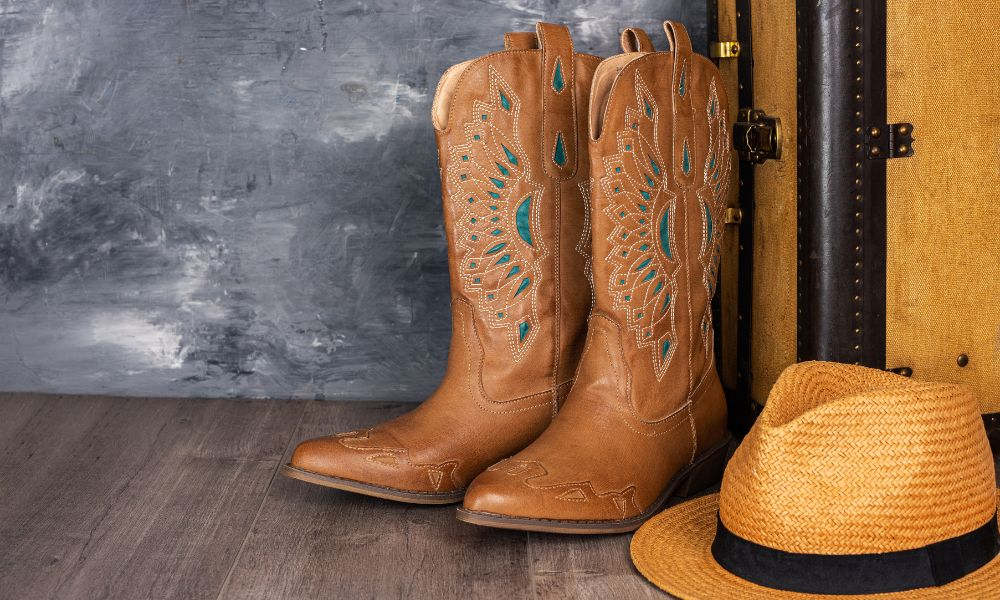
Garden clogs have become iconic in the gardening world for good reason. These slip-on shoes typically feature molded construction from waterproof materials like rubber or EVA foam.
Best for: Quick garden check-ins, watering, and light gardening tasks where you’re frequently moving between indoors and outdoors.
Features to look for:
- Ventilation holes to prevent feet from becoming too hot
- Textured footbeds that provide grip when feet are damp
- Heel straps (on some models) for additional security
Ankle Boots
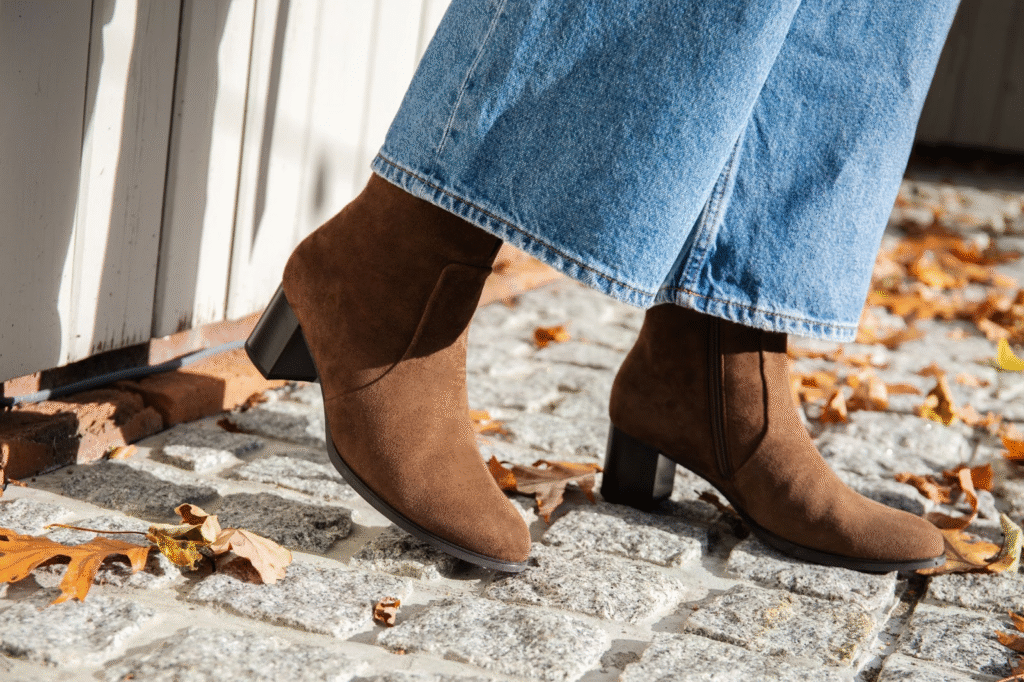
These shorter waterproof boots provide more coverage than clogs while maintaining maneuverability.
Best for: General gardening tasks, especially in wet conditions where more protection from moisture is needed.
Features to look for:
- Pull tabs to help with getting boots on and off
- Cushioned insoles for extended comfort
- Reinforced toe areas for protection
Rain Boots (Wellies)
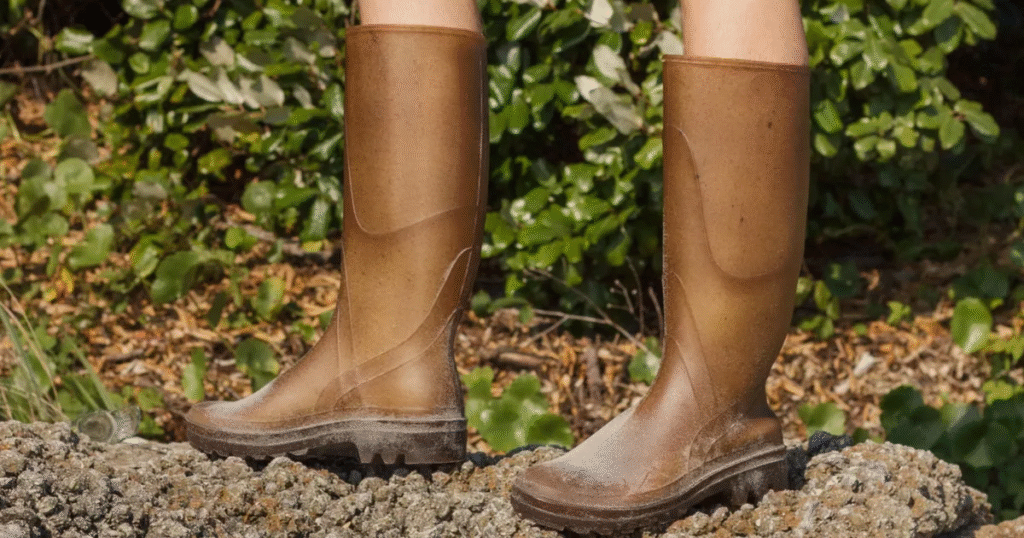
Full-height waterproof boots offer maximum protection in very wet or muddy conditions.
Best for: Heavy-duty gardening, working in rainy conditions, or gardening in areas with potential hazards like thorny plants.
Features to look for:
- Adjustable gussets to accommodate different calf sizes
- Moisture-wicking linings
- Substantial tread patterns for stability in mud
Closed-Back Garden Sneakers
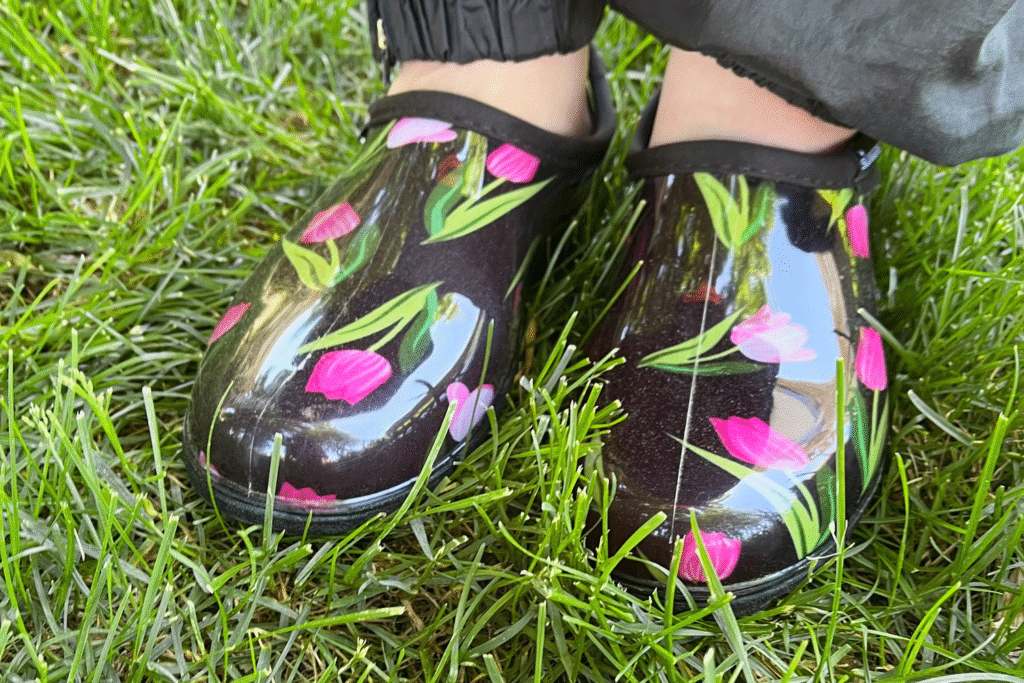
These hybrid shoes combine the practicality of garden shoes with the comfort and support of athletic footwear.
Best for: Extensive gardening sessions where you’ll be on your feet for hours, or for gardeners who need extra arch support.
Features to look for:
- Washable materials
- Quick-drying properties
- Enhanced cushioning
Best Gardening Shoes for Women
Women’s gardening footwear has expanded dramatically in recent years, with options that don’t sacrifice style for functionality. Here are some top-performing categories:
All-Weather Comfort Clogs
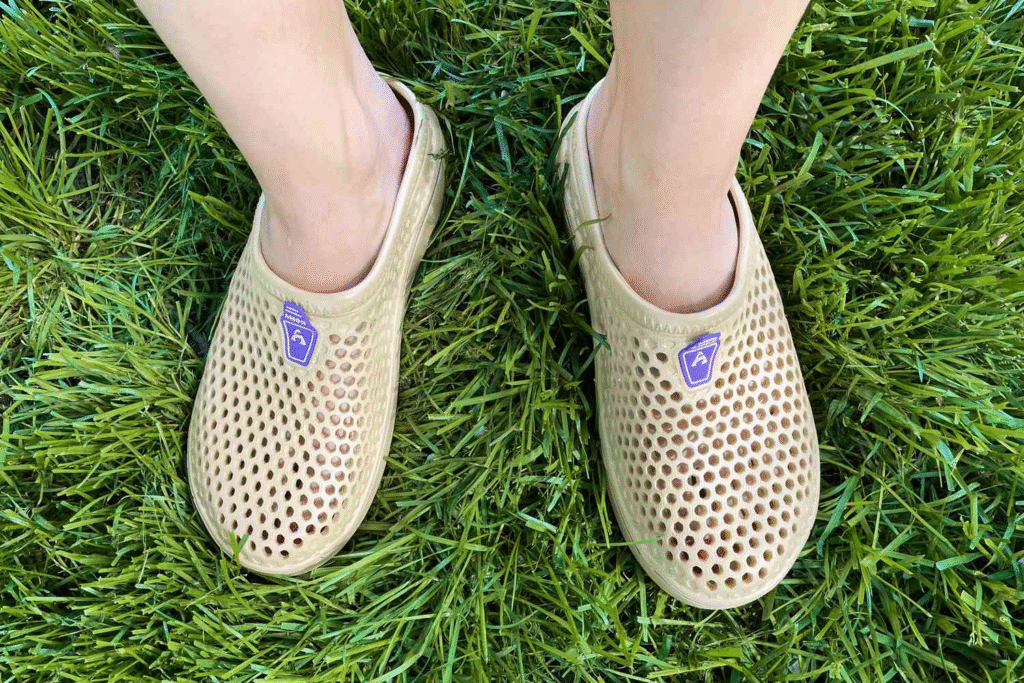
Brands like Sloggers, Crocs, and Muck Boot Company have revolutionized the garden clog category with lightweight, durable options that provide all-day comfort.
The best women’s garden clogs feature deep treads for traction, antimicrobial treatments to prevent odor, and removable insoles that can be taken out for cleaning or replaced with orthotics if needed.
Expert Tip: Look for clogs with a roomy toe box that allows for natural foot movement and accommodates thicker socks during cooler weather gardening.
Supportive Garden Boots
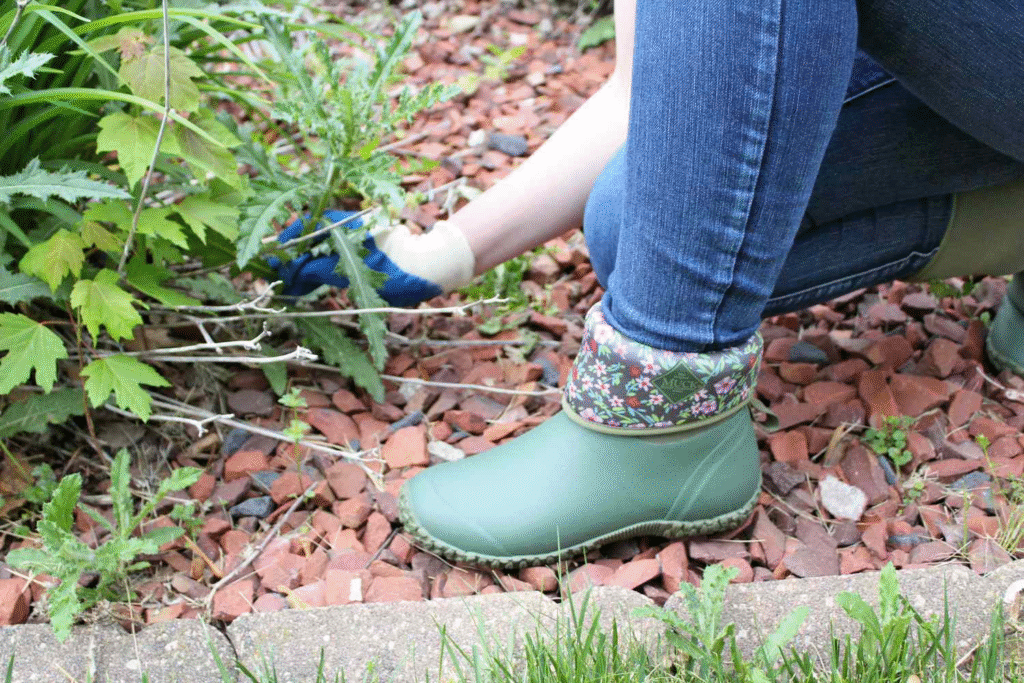
For women who need more ankle support or protection, garden boots with enhanced ergonomic features are worth considering.
According to foot health specialists, garden boots with proper arch support can significantly reduce fatigue when gardening on uneven ground or sloped areas. Models from brands like Bogs, Hunter, and Joules combine waterproof exteriors with supportive interiors.
Expert Tip: If you have high arches or specific foot concerns, look for garden boots that accept custom insoles to personalize your support.
Quick-Dry Garden Sneakers
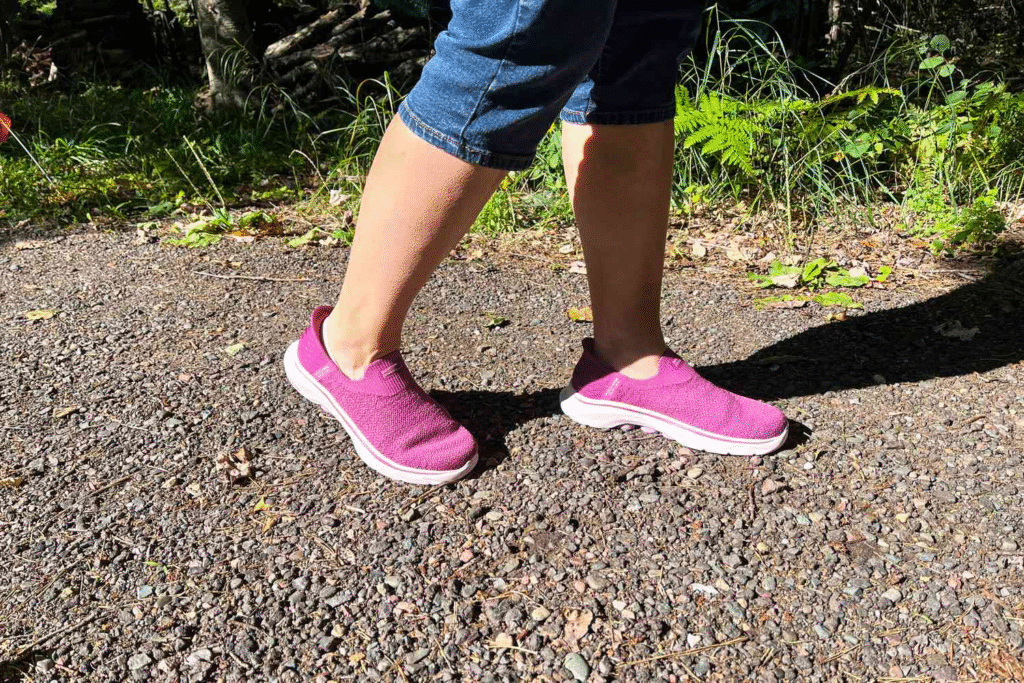
The newest category in garden footwear, these shoes blend the water resistance of traditional garden shoes with the support and comfort of athletic footwear.
Several leading outdoor brands have developed garden-specific sneakers using proprietary technologies that allow water to drain while preventing soil and debris from entering the shoe. These shoes often feature machine-washable materials that maintain their shape and support even after repeated cleaning.
Expert Tip: Garden sneakers are ideal for gardeners who also incorporate hardscaping or more physical tasks in their garden routine, as they provide better stability for lifting and carrying.
Comfortable Gardening Shoes: Features That Matter
The most comfortable gardening shoes share certain characteristics regardless of their style. When evaluating options, pay particular attention to:
Cushioning and Support
Podiatrists recommend garden footwear with proper arch support and cushioned midsoles, as gardening often involves standing for extended periods and moving between different surfaces.
Look for:
- EVA foam midsoles that provide lightweight cushioning
- Contoured footbeds that support your arch’s natural shape
- Shock-absorbing properties to reduce impact on joints
Breathability
Even waterproof garden shoes need some form of ventilation to prevent overheating and moisture buildup inside the shoe.
Advanced garden footwear incorporates breathable waterproof membranes or strategic ventilation channels that allow air circulation without compromising water resistance.
Proper Fit
Garden shoes that are too tight restrict blood flow during long gardening sessions, while those that are too loose can cause blisters from foot movement inside the shoe.
Sizing Tip: Measure your feet at the end of the day when they’re slightly larger, and consider sizing up if you plan to wear thick socks with your garden shoes.
Garden Shoes for Women: Clearance Shopping Strategies
Quality garden shoes represent an investment in both comfort and durability. However, savvy shoppers can find excellent options at reduced prices with these strategies:
Seasonal Timing
Most gardening retailers mark down their footwear inventory during two key periods: late summer (August/September) and late winter (January/February). These transitions between major gardening seasons often yield the best discounts.
Outlet Shopping
Many premium garden footwear brands maintain outlet stores or online clearance sections where you can find previous season models at substantial discounts.
Expert Tip: When purchasing discounted footwear, check that the reduced price isn’t due to compromised water resistance or structural integrity, as these issues significantly impact the shoe’s functionality.
Multi-Season Versatility
When shopping clearance sections, prioritize styles that work across multiple seasons:
- Ankle-height garden boots work for both spring mud and fall leaf cleanup
- Insulated garden clogs can transition from summer to early fall
- Garden sneakers with removable liners adapt to changing temperatures
Maintaining Your Garden Footwear
Proper care extends the life of your garden shoes and ensures they remain comfortable and protective season after season.
Cleaning Protocol
For rubber or EVA garden shoes:
- Rinse with a garden hose to remove loose soil
- Use a soft brush with mild soap for stubborn dirt
- Allow to air dry completely away from direct heat or sunlight
For fabric-inclusive garden footwear:
- Remove insoles and laces (if applicable)
- Machine wash on gentle cycle using cold water and mild detergent
- Air dry, occasionally stuffing with newspaper to maintain shape
Storage Solutions
Proper storage prevents material degradation in garden shoes, particularly those made from natural rubber or with leather components.
Ideal storage includes:
- Climate-controlled, dry environment
- Away from direct sunlight which can degrade materials
- Stored upright, not flattened or crushed under other items
- Boot trees or stuffing to maintain shape in taller styles
Environmental Considerations
The gardening community increasingly prioritizes sustainable and eco-friendly products, including footwear.
Eco-Friendly Options
Several brands now offer garden shoes manufactured with:
- Recycled materials
- Natural rubber from sustainable sources
- Biodegradable components
- Production processes that minimize water usage and chemical treatments
Sustainable garden footwear often features biodegradable natural rubber, recycled plastic components, or water-based adhesives instead of solvent-based options.
Durability Factor
The most environmentally responsible choice is often footwear designed to last through multiple growing seasons rather than requiring frequent replacement.
Expert Tip: Research a brand’s repair program before purchasing. Some premium garden footwear companies offer replacement parts or repair services that extend product lifespan.
Special Considerations for Different Gardening Styles
The best garden shoe for you ultimately depends on your specific gardening activities and environment.
Container Gardening
Primarily working with raised beds or containers typically involves less exposure to ground moisture, making lightweight garden clogs or supportive garden sneakers ideal options.
Extensive Landscaping
For gardeners maintaining larger properties or working with varied terrain, ankle-supporting garden boots provide stability and protection during longer work sessions.
Vegetable Gardening
Working directly in soil beds often involves more kneeling and close groundwork, making waterproof boots with reinforced knees the practical choice.
Making Your Final Selection
When choosing between garden shoe options, consider these practical evaluation strategies:
Try Before You Buy
If possible, wear the shoes while simulating garden movements:
- Walk on uneven surfaces
- Squat down as if planting or weeding
- Stand in place for several minutes to assess support
Weather-Appropriate Choices
Many dedicated gardeners maintain a small collection of garden footwear for different conditions:
- Breathable options for hot summer days
- Insulated styles for early spring and late fall gardening
- Fully waterproof boots for rainy season maintenance
Compatibility with Other Garden Gear
Consider how your shoes work with other gardening equipment:
- Lower profiles work better with kneeling pads
- Higher boots provide protection when using string trimmers
- Closed-toe designs are essential when operating mowers or power tools
Expert Recommendations
Garden professionals who spend countless hours on their feet have valuable insights about footwear that truly performs in real-world conditions.
Professional landscapers and botanical garden staff often recommend investing in two complementary pairs of garden footwear—typically a lightweight option for dry conditions and a more protective waterproof style for wet work—to extend the life of both pairs while ensuring appropriate protection.
The Test of Time
The ultimate test of garden footwear comes through actual use. Many gardeners report that their favorite pairs have distinctive qualities that became apparent only after extended wear:
- Footbeds that mold to their feet
- Materials that remain waterproof even after multiple seasons
- Tread patterns that self-clean effectively
- Designs that accommodate seasonal foot swelling
Conclusion: Your Perfect Garden Companion
The best gardening shoes combine practicality with personal comfort, creating footwear that disappears from your awareness as you connect with your garden. Whether you choose classic garden clogs, supportive boots, or innovative garden sneakers, prioritize options that protect your feet while supporting the range of motion gardening requires.
Remember that quality garden footwear is an investment in both your garden’s success and your physical wellbeing. By selecting shoes designed specifically for the unique demands of gardening, you ensure that nothing—especially not uncomfortable feet—will come between you and the joy of nurturing your outdoor space.
As you step into your garden each season, the right shoes become your foundation, quite literally, for creating and maintaining the landscape you envision. Choose wisely, care for them properly, and your garden shoes will support you through countless hours of planting, tending, and harvesting in your personal outdoor sanctuary.
